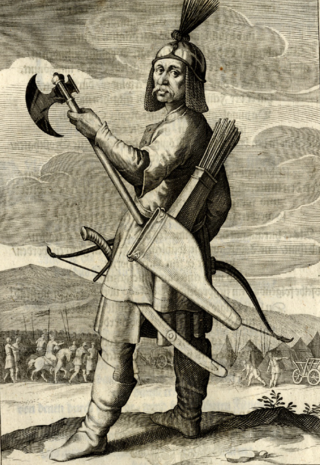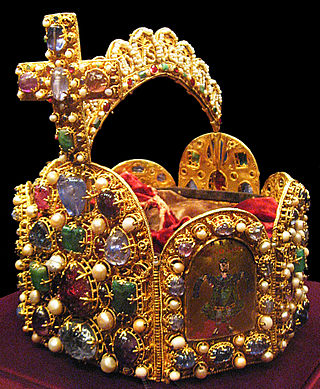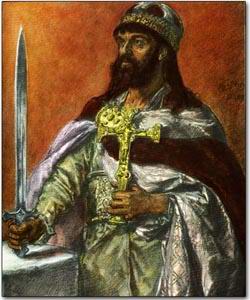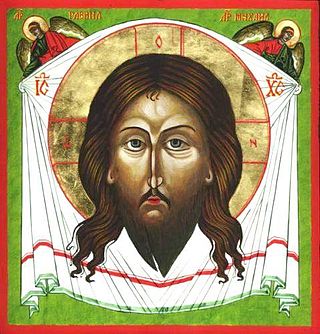The 920s decade ran from January 1, 920, to December 31, 929.
The 940s decade ran from January 1, 940, to December 31, 949.
The 950s decade ran from January 1, 950, to December 31, 959.
The 960s decade ran from January 1, 960, to December 31, 969.

Year 1002 (MII) was a common year starting on Thursday of the Julian calendar.

Year 954 (CMLIV) was a common year starting on Sunday of the Julian calendar.

Year 961 (CMLXI) was a common year starting on Tuesday of the Julian calendar.

Year 962 (CMLXII) was a common year starting on Wednesday of the Julian calendar.

Year 963 (CMLXIII) was a common year starting on Thursday of the Julian calendar.

Year 923 (CMXXIII) was a common year starting on Wednesday of the Julian calendar.

Year 952 (CMLII) was a leap year starting on Thursday of the Julian calendar.
Year 922 (CMXXII) was a common year starting on Tuesday of the Julian calendar.

Year 960 (CMLX) was a leap year starting on Sunday of the Julian calendar.

Year 905 (CMV) was a common year starting on Tuesday of the Julian calendar.

Year 951 (CMLI) was a common year starting on Wednesday of the Julian calendar.

Year 945 (CMXLV) was a common year starting on Wednesday of the Julian calendar.

Year 944 (CMXLIV) was a leap year starting on Monday of the Julian calendar.

Berengar II was the King of Italy from 950 until his deposition in 961. He was a scion of the Anscarid and Unruoching dynasties, and was named after his maternal grandfather, Berengar I. He succeeded his father as Margrave of Ivrea around 923, and after 940 led the aristocratic opposition to kings Hugh and Lothair II. In 950 he succeeded the latter and had his son, Adalbert crowned as his co-ruler. In 952 he recognised the suzerainty of Otto I of Germany, but he later joined a revolt against him. In 960 he invaded the Papal States, and the next year his kingdom was conquered by Otto. Berengar remained at large until his surrender in 964. He died imprisoned in Germany two years later.

Adalbert was the king of Italy from 950 until 961, ruling jointly with his father, Berengar II. After their deposition, Adalbert continued to claim the Italian kingdom until his defeat in battle by the forces of Otto I in 965. Since he was the second Adalbert in his family, the Anscarids, he is sometimes numbered Adalbert II. His name is occasionally, especially in older works, shortened to Albert.

Otto I, traditionally known as Otto the Great, was East Frankish king from 936 and Holy Roman Emperor from 962 until his death in 973. He was the eldest son of Henry the Fowler and Matilda of Ringelheim.














